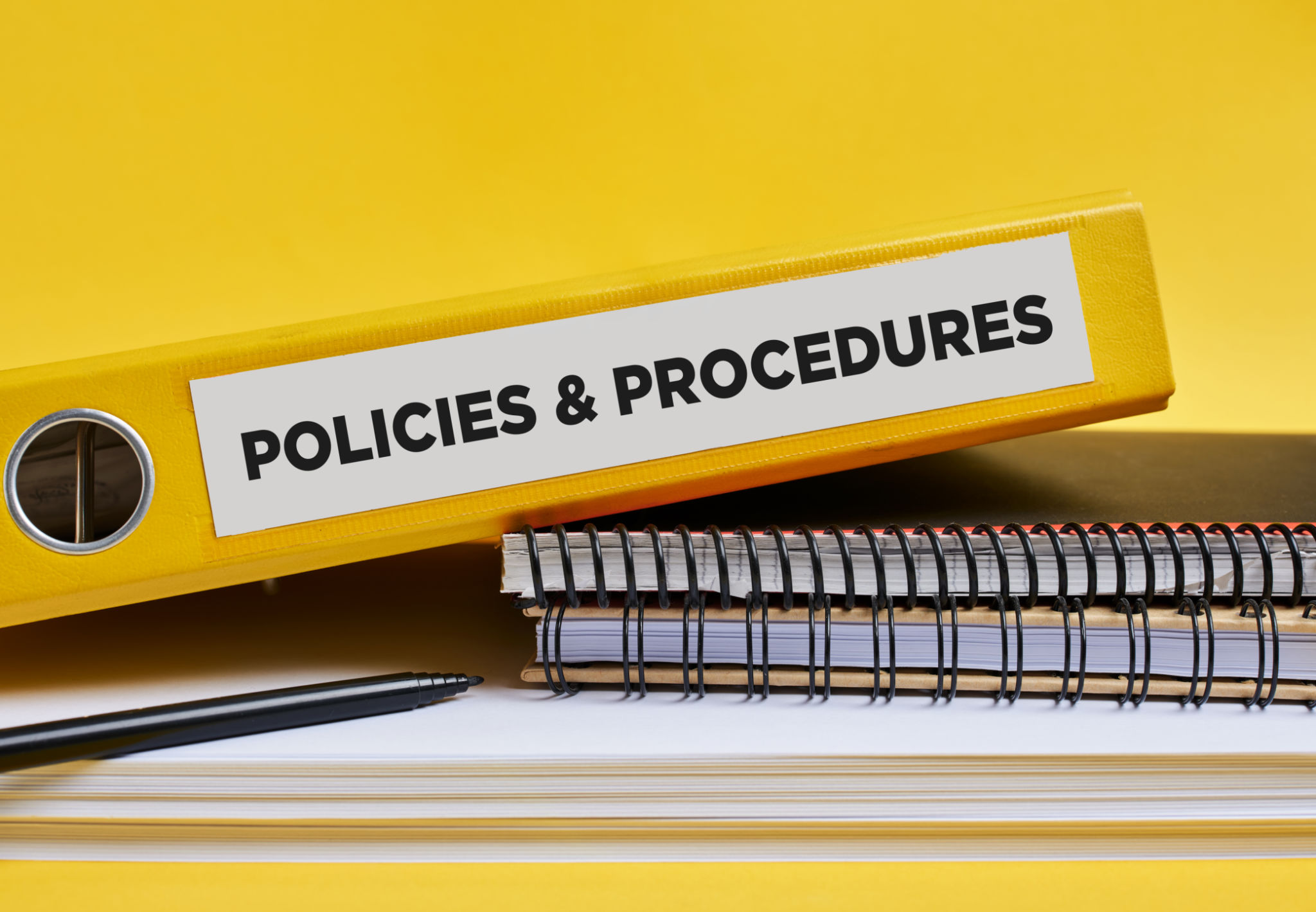Going Beyond Risk Mitigation: Proactive Compliance Strategies
Understanding Proactive Compliance
In today's rapidly evolving regulatory landscape, businesses are increasingly recognizing the importance of shifting from traditional risk mitigation to more proactive compliance strategies. While risk mitigation focuses on minimizing potential damages after a risk has occurred, proactive compliance involves anticipating and addressing potential risks before they become issues. This forward-thinking approach not only safeguards businesses but also positions them for sustainable growth.
Proactive compliance requires an understanding of the regulatory environment, industry-specific standards, and the unique challenges faced by a business. It involves continuous monitoring, regular audits, and the adoption of best practices to ensure adherence to regulations. By doing so, companies can build a resilient framework that adapts to changes swiftly and effectively.

The Benefits of Proactive Compliance Strategies
Implementing proactive compliance strategies offers numerous benefits. Firstly, it enhances a company's reputation by demonstrating a commitment to ethical practices and regulatory adherence. This can lead to increased trust among stakeholders, including customers, investors, and partners.
Moreover, proactive compliance can result in cost savings. By identifying potential issues early, companies can avoid hefty fines and legal fees associated with regulatory violations. Additionally, a proactive approach often leads to improved operational efficiency as processes are regularly reviewed and optimized.

Steps to Develop Proactive Compliance Strategies
Developing effective proactive compliance strategies involves several key steps:
- Conduct Thorough Risk Assessments: Identify areas of potential risk by analyzing internal processes and external regulatory requirements.
- Implement Continuous Monitoring: Use technology to monitor compliance in real-time and identify areas needing improvement.
- Regular Training and Education: Ensure that all employees are informed about compliance requirements and best practices through ongoing training sessions.

The Role of Technology in Proactive Compliance
Technology plays a crucial role in facilitating proactive compliance. Advanced software solutions can automate monitoring processes, provide real-time alerts for potential compliance breaches, and generate detailed reports for audits. This not only streamlines operations but also reduces the likelihood of human error.
Furthermore, data analytics can be used to predict potential compliance issues by analyzing patterns and trends. This predictive capability enables businesses to make informed decisions and take preemptive actions, ensuring continuous compliance with evolving regulations.
Building a Culture of Compliance
A successful proactive compliance strategy is rooted in a culture of compliance across the organization. This involves fostering an environment where employees at all levels understand the value of compliance and are encouraged to uphold ethical standards.
Leadership plays a vital role in this process by setting the tone from the top and reinforcing the importance of compliance in achieving long-term business objectives. Regular communication and transparency about compliance goals and achievements help solidify this culture.
In conclusion, moving beyond risk mitigation to adopt proactive compliance strategies not only protects businesses from potential pitfalls but also drives performance, efficiency, and trust. By embracing this approach, companies can confidently navigate the complexities of modern regulatory landscapes.
